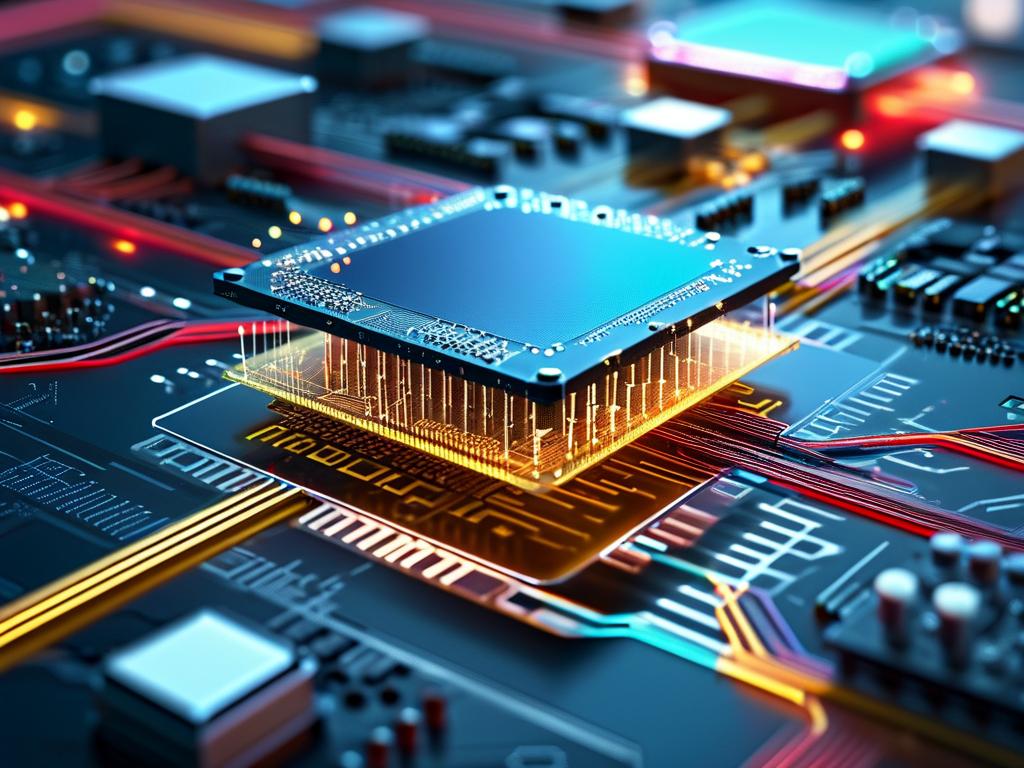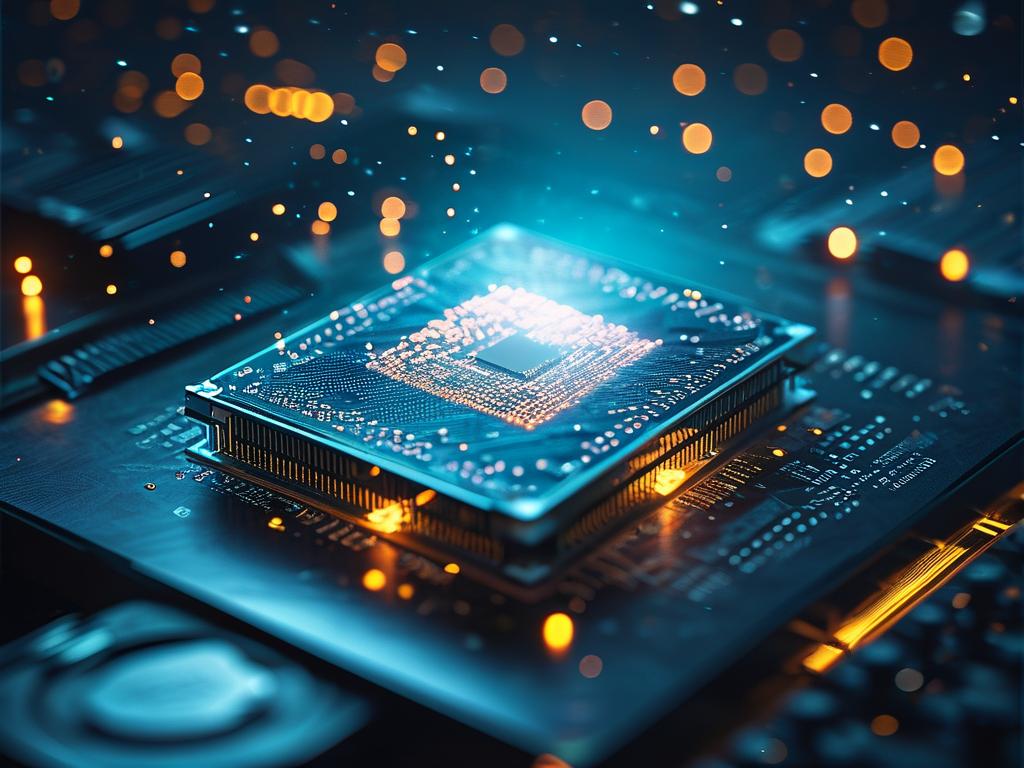The fusion of semiconductor technology and quantum science has unlocked unprecedented possibilities in computing, communication, and sensing. Over the past decade, researchers have leveraged the unique properties of quantum mechanics—such as superposition and entanglement—to design semiconductor-based systems that outperform classical counterparts. This article explores how semiconductor quantum technologies are reshaping industries and addresses their current limitations.

Quantum Computing: Bridging Theory and Practice
Semiconductor quantum dots (QDs) have emerged as a leading platform for qubit implementation. By confining electrons in nanoscale structures, scientists manipulate spin states to encode quantum information. Companies like Intel and IBM are experimenting with silicon-based qubits due to their compatibility with existing semiconductor fabrication processes. A 2023 study demonstrated a 99.8% fidelity in two-qubit gates using gallium arsenide QDs, signaling progress toward error-corrected quantum processors.
However, scalability remains a hurdle. While individual qubits show promise, integrating millions into a functional quantum computer requires overcoming decoherence and thermal noise. Cryogenic systems and error mitigation algorithms are being tested to address these challenges. For example, hybrid architectures combining superconducting circuits with semiconductor components aim to balance coherence times and operational speed.
Secure Communication Networks
Quantum key distribution (QKD) relies on semiconductor photon sources to enable hack-proof encryption. Indium phosphide lasers generate entangled photon pairs, which transmit cryptographic keys over fiber-optic networks. In 2022, a Tokyo-based team achieved a 600 km QKD link using indium gallium nitride diodes, setting a new benchmark for long-distance quantum communication.
Despite breakthroughs, real-world deployment faces obstacles. Photon loss in optical fibers and the high cost of single-photon detectors limit widespread adoption. Researchers are now exploring integrated photonic chips made from silicon nitride to miniaturize QKD systems. Early prototypes have reduced device footprints by 80%, paving the way for cost-effective solutions.
Precision Sensing and Imaging
Diamond-based sensors with nitrogen-vacancy (NV) centers exemplify semiconductors’ role in quantum metrology. These sensors detect magnetic fields with nanotesla resolution, enabling applications from brain imaging to mineral exploration. A recent trial at MIT used NV-center chips to map neural activity in live rodents, offering insights into neurodegenerative diseases.
In industrial settings, quantum sensors monitor pipeline integrity by detecting subtle magnetic anomalies. Unlike traditional methods, these devices operate at room temperature and require minimal calibration. Startups like Quantum Diamond Technologies are commercializing handheld versions for field use, targeting sectors like oil and gas.
Challenges and Future Directions
Material defects and manufacturing inconsistencies hinder reproducibility. For instance, even minor impurities in silicon wafers can disrupt qubit coherence. Advanced epitaxial growth techniques, such as molecular beam epitaxy, are being refined to produce defect-free quantum structures.
Funding and interdisciplinary collaboration remain critical. Government initiatives like the U.S. National Quantum Initiative allocate billions to accelerate R&D, while partnerships between academia and tech giants aim to bridge theoretical research and commercialization. Analysts predict the quantum semiconductor market will exceed $8 billion by 2030, driven by demand in healthcare and cybersecurity.
In , semiconductor quantum technologies are transitioning from lab curiosities to real-world tools. While technical barriers persist, ongoing innovations in materials science and system integration suggest a transformative decade ahead.
# Example: Simulating a quantum dot spin qubit
import numpy as np
def spin_coherence_time(temperature, material='GaAs'):
# Empirical model for coherence time based on material properties
if material == 'GaAs':
return 100e-6 * np.exp(-0.02 * temperature)
elif material == 'Silicon':
return 1e-3 * np.exp(-0.005 * temperature)
else:
raise ValueError("Unsupported material")
print(f"Coherence time at 4K (Silicon): {spin_coherence_time(4, 'Silicon'):.2e} seconds")









